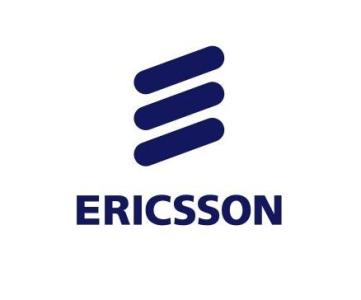Ericsson’s 2Q13 revenues were buoyed by LTE rollouts in North America, while margins began to show improvement as modernization projects in Europe wound down
In 2Q13 Ericsson’s revenues were flat year-to-year as GSM sales in China declined precipitously ahead of planned LTE deployments and the LTE coverage projects in South Korea and Japan are largely complete. Growing sales of LTE infrastructure and services in North America (up 17.2 percent year-to-year) more than offset the declines in Ericsson’s North East Asia region (down 21.8 percent year-to-year) as the Sprint and T-Mobile USA LTE buildouts reached their peak. The Sprint Network Vision contract and T-Mobile LTE rollout will continue to drive revenue growth in 2H13 and 2014, while AT&T will continue investing in Project VIP and Softbank will boost Sprint’s capex.
Margins expanded as network modernization projects across Europe slowly wind down. Ericsson’s decision in 2010 to protect its market share in Europe despite the lower margins realized on modernization contracts is starting to pay dividends as it is finally leading to higher-margin LTE and capacity projects.
In 2Q13, gross margin grew 40 basis points year-to-year to 32.4 percent, while operating margin increased 70 basis points to 4.5 percent. While both gross and operating margins remain lower than levels reached as recently as 2011, TBR expects gross margin to gradually rise to between 33 percent and 35 percent in 2H13. Ericsson’s business mix will continue to shift toward higher-margin technologies such as LTE, and software and services.
Ericsson remains aggressive in M&A, particularly in the media and television services space
Following its agreement to acquire Microsoft’s Mediaroom IPTV business in early April and the consummation of its acquisition of Devoteam Telecom & Media in early May, Ericsson further committed itself to the media and television services market by agreeing to acquire Red Bee Media in July. Red Bee Media is a United Kingdom-based media services provider owned by Macquarie Advanced Investment Partners. The acquisition is in lock-step with Ericsson’s recent M&A activity that expanded its broadcast services capabilities, customer accounts, and talent base. Red Bee joins Devoteam and Technicolor Broadcast Services as Ericsson’s media-focused acquisitions in the last year, with all three predominantly serving the European market. Ericsson’s bet on broadcast services is likely to pay off in the long-term as video already makes up the largest portion of network traffic and broadcasters need enablers to efficiently deliver and optimize their content.
Ever-mindful of its core initiatives, Ericsson continues to divest or exit peripheral businesses
While continuing to add to its capabilities or enter new markets through acquisitions, Ericsson remains mindful of its transformation from primarily a network equipment provider to a network solutions provider. Ericsson has effectively managed its solutions portfolio over the past decade to establish itself as the industry leader and continuous portfolio rationalization will be key to maintaining its status.
The company pared back further in 2Q13, divesting its Applied Communication Sciences (ACS) unit to the SI Organization. ACS was a unit of Telcordia that primarily served United States defense and intelligence agencies, as well as other government organizations.
Ericsson is also exiting the telecom cable manufacturing business and began winding down operations at its Swedish facilities in Stockholm and Hudiksvall. Because of its preemptive actions, Ericsson is unlikely to need the kind of major restructurings and realignments taking place at NSN and Alcatel-Lucent.
Michael Soper, Networking & Mobility Analyst, Technology Business Research
[email protected]






